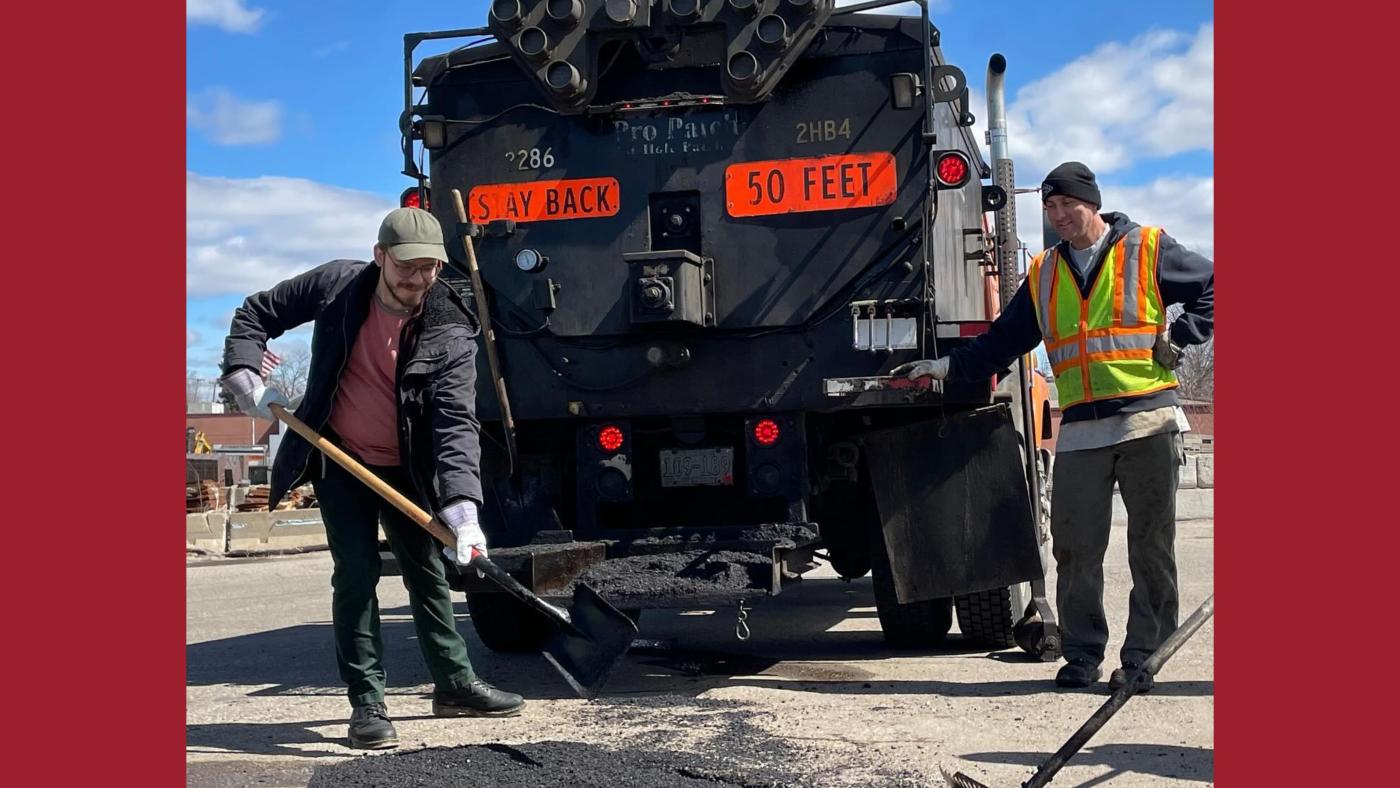Pavement to walk to class. Electricity to charge a laptop. Water to stay hydrated and focused. These are resources college students rely on every day, but rarely does anyone take time to look at how their life interacts with these essential parts of the environment.
But that’s not something David Davies, professor of anthropology at Éäľ«ĘÓƵ, takes for granted. In fact, it’s his field of study – and now he’s helping Éäľ«ĘÓƵ students build a greater perspective of the city around them through his Anthropology of Infrastructure class, which takes a granular look at the human-built environment that makes everyday life in St. Paul possible
“One of the things that anthropologists do is make invisible things visible,” Davies said. “One of the inspirations for this class was discovering what these forces are that impact us every day, who organizes them, and where do they work?"
Davies said that most human beings now live in human-managed environments, so his new course looks at these individual systems and how they work together to enable our contemporary way of life. The class analyzes St. Paul as a central case study with frequent visits to local infrastructure sites, including , the , the Saint Paul Wastewater Treatment Plant, the High Bridge Electrical Generating Station, and the , among other places.
"It's not very fun to study infrastructure without interacting with it,” Davies said. “It's one thing to study a power plant, it's another thing to be in a power plant – there's no comparison."
“This class is exceptional in so many ways, not least for its stark contrast from my other, more lecture- and reading-heavy courses,” said Ben Rosenberg ’24, a computational data science major. “Despite the inevitable infrastructural odors, every session of this class is refreshing. I come back to a new Éäľ«ĘÓƵ after every site visit. I didn’t know how much I wanted to revisit and expand on grade school field trips.”
And sometimes the process that goes into arriving at a site can tell the students nearly as much as the visit itself.
“When we went to the power grid, grid management folks told us we’ll need IDs and badges,” Davies explained. “We went into this room that looked like something out of a sci-fi movie – it was two stories tall – and that’s where they run the power grid. We were seeing live displays of every single electrical connection in the central United States. It was deeply impressive."
The local aspect of the class is balanced with a cross-cultural look at infrastructure case studies from other parts of the world. After site visits, students connect what they saw with the international books they are reading, connecting common and contrasting issues and solutions. Students are also tasked with writing an infrastructure study over the course of the semester, taking a deep dive into a specific element of their choice – such as street lights, bridges, or mobile phone infrastructure, for example.
Overall, the core principles of the class are a fair representation of the newly developed department of Humans, Environments and Climate at Éäľ«ĘÓƵ – which draws on the strengths of the Anthropology and Environmental Studies programs at Éäľ«ĘÓƵ. Davies said student interest in the class has been strong, which is a good sign for the new direction of the department.
“I have constantly felt more aware of my surroundings during this class: the ground I stand on, the water I drink, and the countless other beating hearts beneath the floorboards,” Rosenberg said. “I feel radically more aware of all the fascinating things I do not know.”
Ěý

